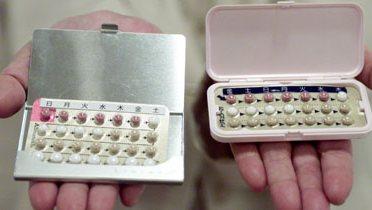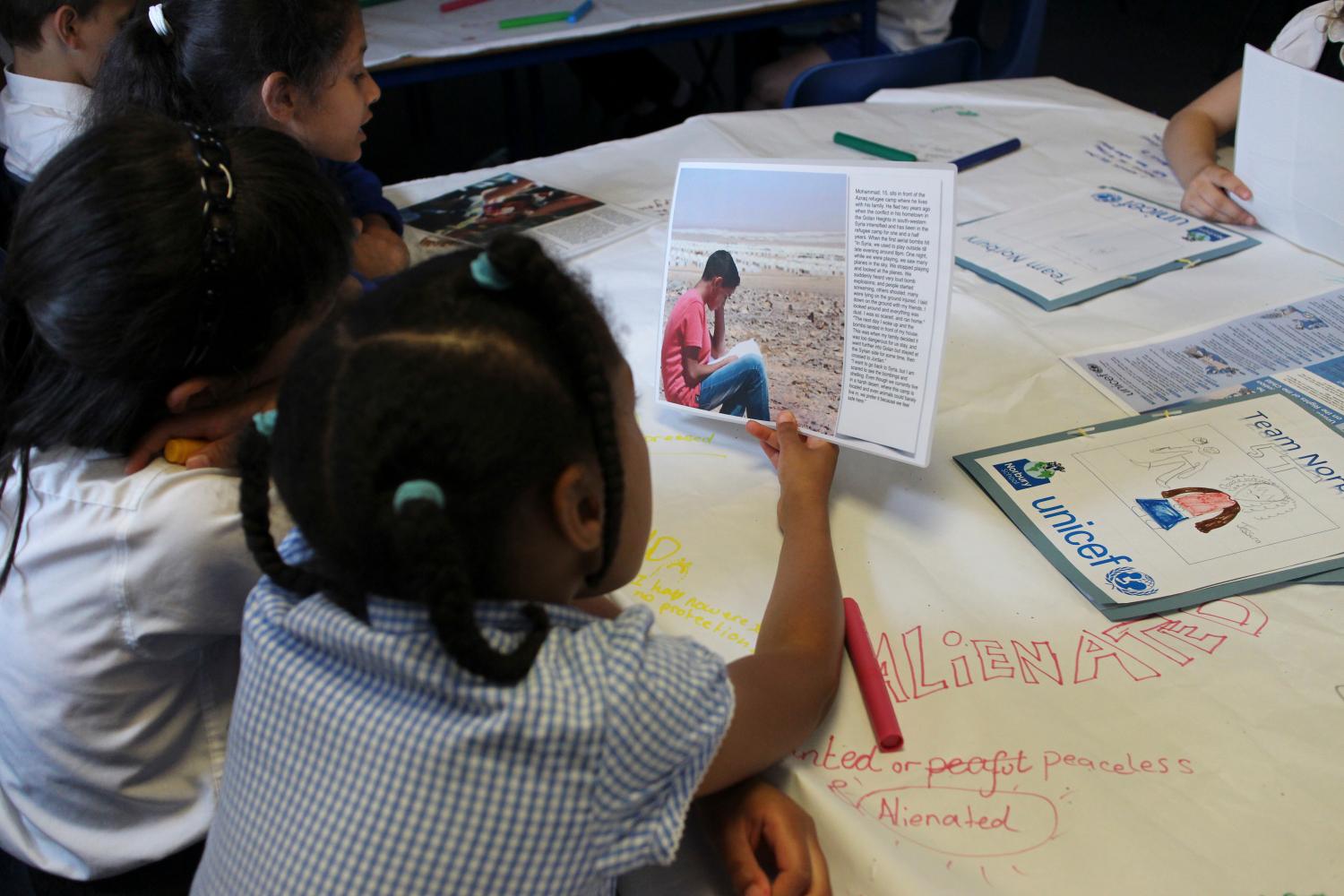Abstract
We simulate the effects of changes in contraceptive behavior among unmarried young women and men on rates of nonmarital childbearing, abortion, and child poverty. These simulations are motivated by previous studies showing, first, that disadvantaged women are disproportionately likely to experience unplanned and nonmarital pregnancies and, second, that many individuals at risk of unintended pregnancy do not use contraception or do not use it consistently and correctly.
Our simulations are performed using FamilyScape 2.0, a microsimulation model of family formation. We simulate both increases in contraceptive use among non-contraceptors and improvements in the consistency and effectiveness of contraceptive use among existing contraceptors. Our results show that changes in either margin of behavior are likely to produce sizeable effects. For example, we find that, if 25 percent of non-contracepting unmarried women under the age of 30 were to begin using contraception, abortion and nonmarital birth rates among unmarried women in this age group would fall by about 25 percent and about 13 percent, respectively. We also find that this simulated increase in contraceptive use would reduce the poverty rate among newborn children by about a half of a percentage point. We obtain very similar results in another specification in which we assume that all currently contracepting women in our target population begin to use their chosen methods consistently and correctly.
We conclude that increases in contraceptive use among non-contraceptors and improvements in the consistency and correctness of contraceptive use among existing contraceptors both represent promising and potentially cost-effective avenues for reducing the incidences of abortion, nonmarital childbearing, and child poverty.
The Brookings Institution is committed to quality, independence, and impact.
We are supported by a diverse array of funders. In line with our values and policies, each Brookings publication represents the sole views of its author(s).





